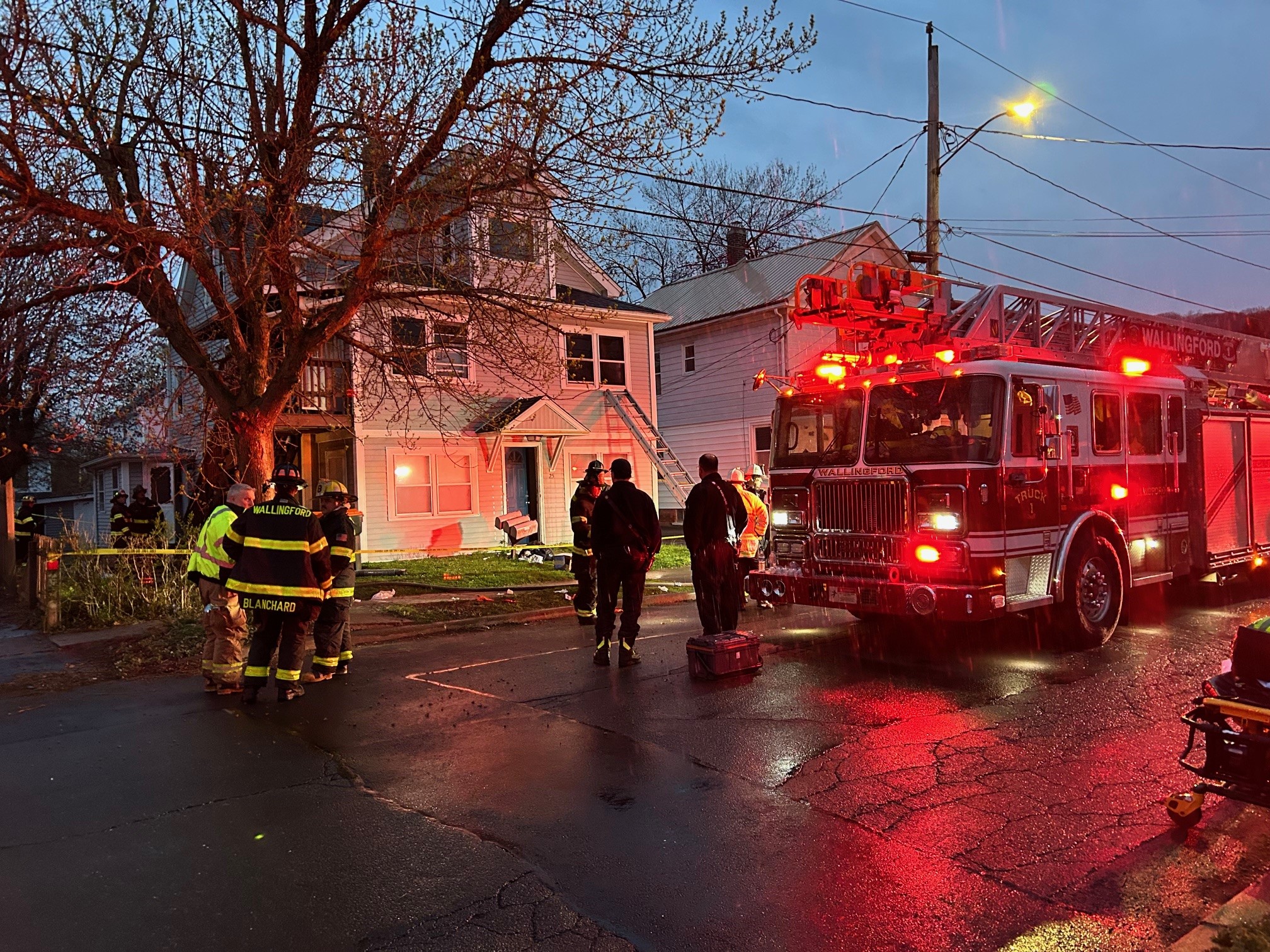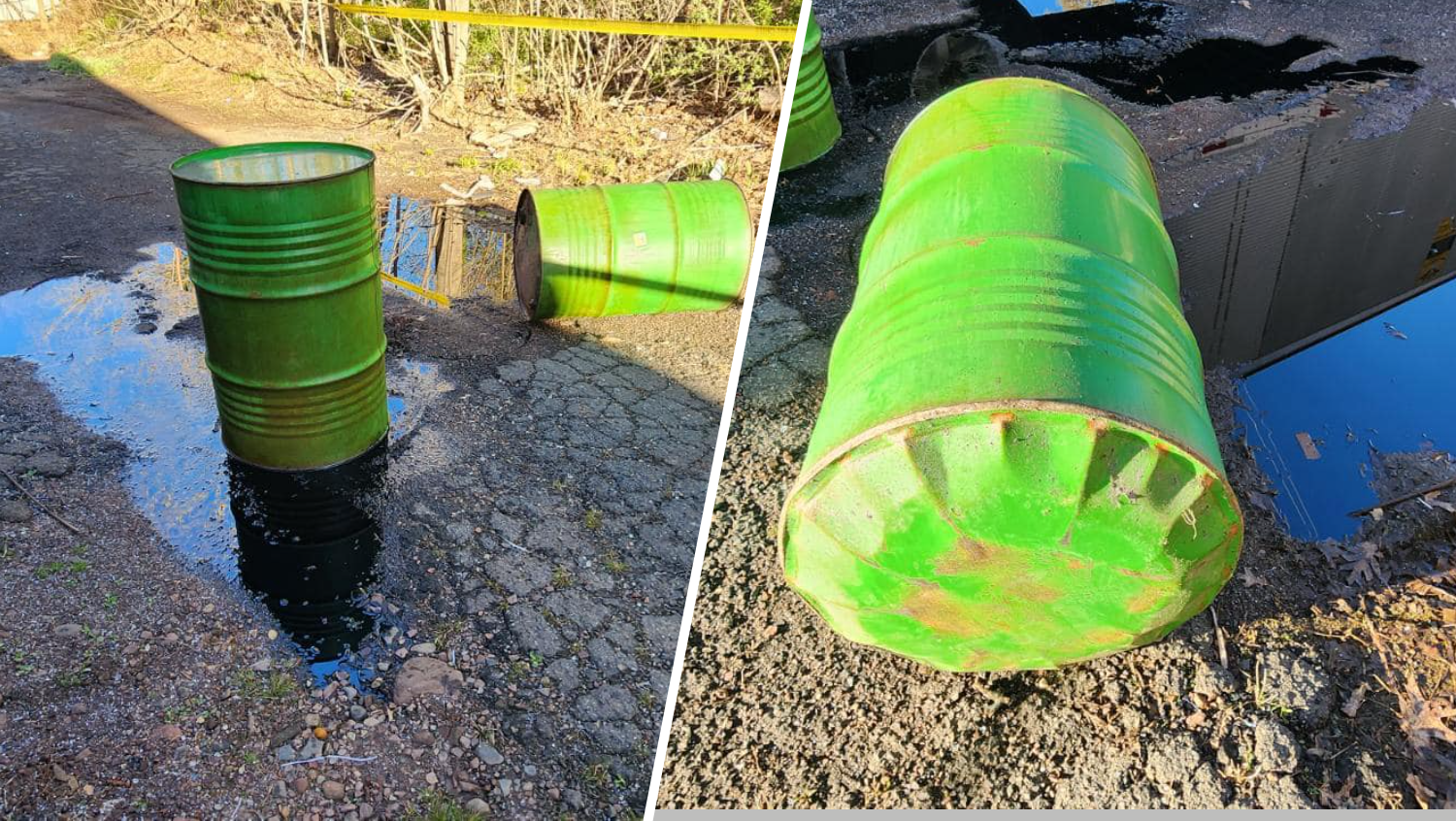Connecticut set a new record with 23 wrong-way fatalities in 2022.
The state has been looking at possible solutions to this issue for some time - long before the fatal crash involving Rep. Quentin Williams this week.
Connecticut is lagging behind neighboring Rhode Island, which has had a sophisticated wrong-way driver warning network for eight years.
In 2017, NBC Connecticut Investigates showed you the wrong-way driver warning system Rhode Island employed to stem its rising tide of wrong-way driving crashes.
Get Connecticut local news, weather forecasts and entertainment stories to your inbox. Sign up for NBC Connecticut newsletters.
Motion-activated cameras, and flashing beacons with automated alerts to state police and Dept. of Transportation dispatch centers have made a big difference, according to the state of Rhode Island.
“At the ramps with the wrong-way detection cameras, the system captured more than 675 potential wrong-way drivers with only one crash since they were installed in May 2015. No fatalities," DOT spokesman Charles St. Martin told NBC CT Investigates.
Local
Connecticut’s first move in 2015 and 2016, was to spend more than $6 million to make all 700 of its off-ramp signs, bigger, more reflective and lower to the ground.
The DOT said it is in the process of spending more than $20 million on other countermeasures, including wrong-way detection with flashers at dozens of locations.
Plus, last year, the state began taking bids on 15 more robust warning systems like the ones in Rhode Island, after a successful test run in Danbury.
The list of the locations of these new warning systems does not include anywhere along Route 9, where Williams was killed in a wrong-way crash Thursday.
They will primarily be on I-84 and I-91, once they’re put in place.
According to data from UConn’s Transportation Safety Research Center, the last wrong-way crash on Route 9 was in 2019, in Essex.
NBC Connecticut Investigates also spoke with State Senator John Fonfara, who has been behind much of the effort to get more warning systems in place.
He told us the money the state is about to spend on wrong-way warning systems is still “…not enough to really deter this sad reality.”



